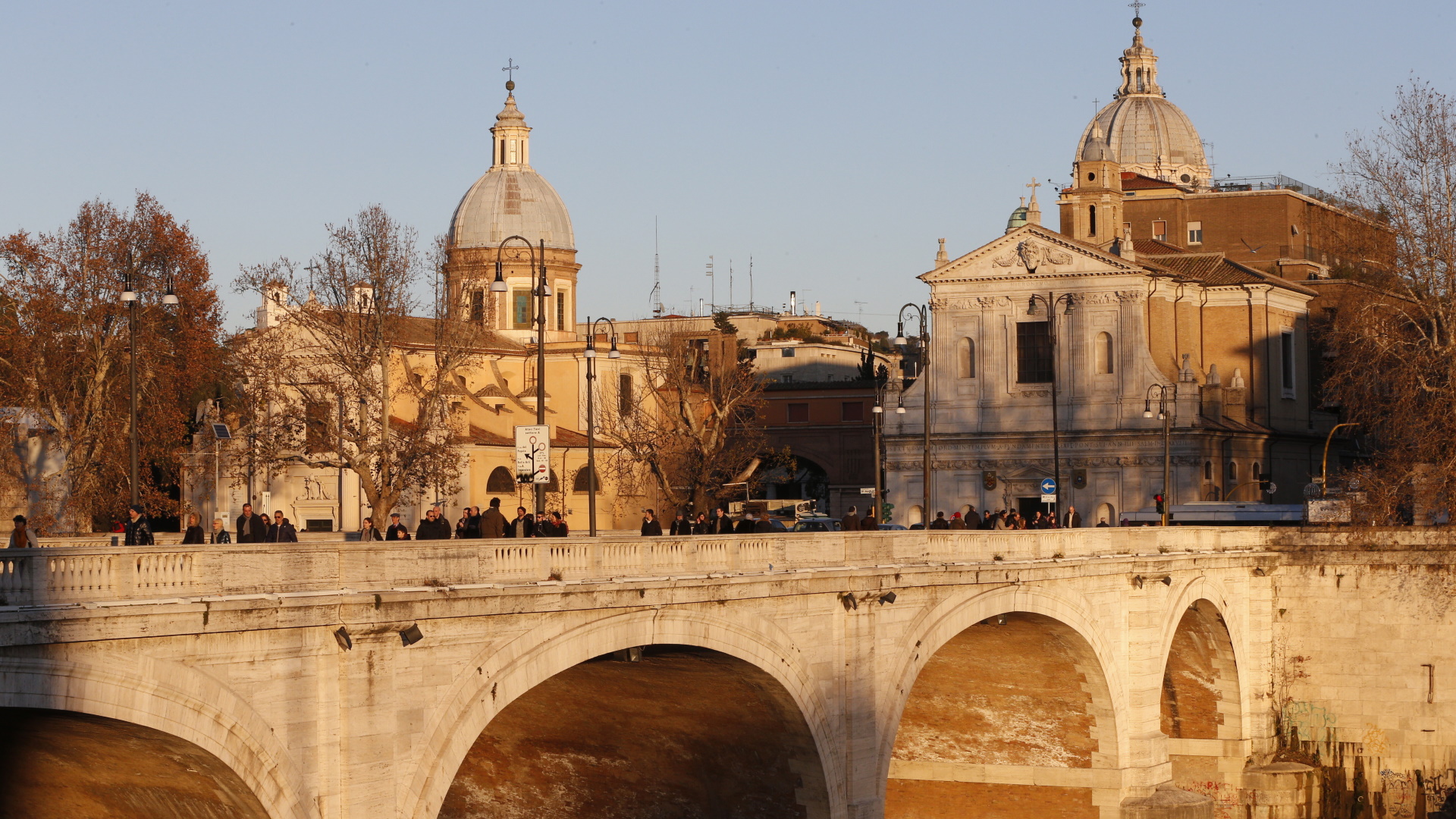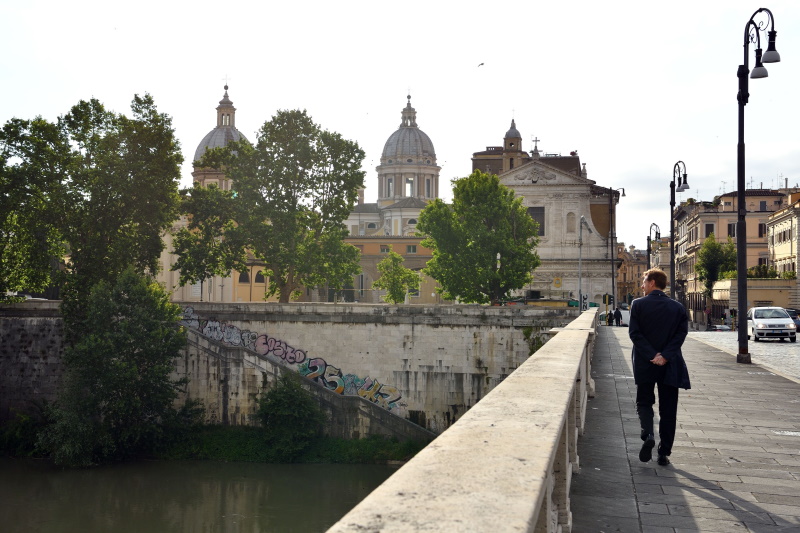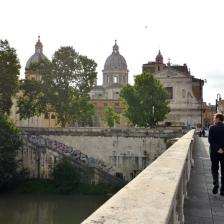

Designed by the architect Angelo Vescovali, who also signed the drawings of Ponte Garibaldi, Ponte Umberto I, Ponte Palatino, and Ponte Regina Margherita, Ponte Cavour was built as a result of the great building development of the new districts that arose in place of the ancient Prati di Castello, today Rione Prati, at the end of the 19th century, following the unification of Italy.
Aimed at replacing the iron walkway of the Ripetta bridge, provisionally built in 1878, Ponte Cavour was built between 1898 and 1901 and dedicated to Camillo Benso Count of Cavour, the great architect of Italian independence. It consists of five masonry round arches covered in travertine. It is 112 metres long and 20 metres wide.
The Romans willing to enjoy some fresh air spent their holidays under the pillars of the bridge, over the "piagaro" – the fold of the Tiber where sand deposited, forming small beaches. Here they ate beans and pasta with "ciriole" – a typical river fish – served on" sciacquarelli", wooden shovels used by " barcaroli" (boatmen) to throw out the water from boats.
Information
 Condividi
Condividi
Location
To find out about all accessibility services, visit the Rome accessible section.












































